
Pump cavitation damages centrifugal pumps in ways that range from small pits to complete breakdown. Collapsing bubbles create hydraulic forces that wear down the impeller’s metal surface and reduce how well the pump works. Detection systems need to collect data every 100 milliseconds and process this information immediately to spot this problem.
Pressure changes over time show how bad the cavitation has become. The system can catch these pressure shifts before anyone hears them or they cause major damage. Quick action matters here. Teams that spot pump cavitation’s causes and fix them right away prevent lasting harm and keep operations running. This piece explores how modern monitoring systems spot pump cavitation, make sense of the data, and help maintenance crews develop better ways to fix these problems early.
Pump cavitation damages equipment in various ways – from minor pitting to catastrophic failure. The extent depends on fluid characteristics and exposure duration. Collapsing bubbles create hydraulic impacts strong enough to cause metal fatigue on impeller surfaces that can reduce pump performance. Modern up-to-the-minute monitoring systems now make it possible to detect this destructive phenomenon early.
Modern IIoT solutions can detect pump cavitation at its earliest stages, answering the crucial question of identification before severe damage. These systems need transmitters sending data to controllers every 100 milliseconds, combined with high-speed calculation capabilities. Changes in the pressure profile over time directly relate to potential damage from cavitation. Up-to-the-minute monitoring helps detect early cavitation conditions well before any audible or vibration symptoms appear.
This piece will get into the architecture, logic, and benefits of up-to-the-minute cavitation detection systems. These technologies prevent expensive equipment failures and boost maintenance strategies through informed planning.
Contents
Cavitation Detection Logic and Data Interpretation
Pump cavitation detection needs sophisticated pressure data analysis to spot patterns before physical damage occurs. The advanced monitoring system uses a multi-layered interpretation approach to achieve this goal.
Unfiltered Pressure Profile Analysis in Suction Lines
Pressure fluctuations in suction lines show the first signs of developing cavitation. The controller analyses unfiltered data from differential pressure transmitters and raw pressure profiles in pump suction lines. Bubble formation starts with characteristic pressure drops in its earliest stages. Research shows that changes in fluctuation trends like pressure drops and duration reflect cavitation morphology development. The pressure wave velocity and transmission frequency in the pipe change after cavitation happens. This happens because cavitation affects the bulk elastic modulus of the gas-mixed liquid. Raw data analysis reveals problems long before traditional symptoms show up.
Cavitation Event Recognition via Pressure Fluctuation Patterns
The system spots specific pressure signatures linked to different types of cavitation events. Geometry-induced cavitation creates pressure fluctuations at lower frequencies with smooth patterns. String cavitation produces high-frequency pressure fluctuations. Power spectral densities (PSDs) of pressure signals show how frequency content changes from intermittent inception to periodic cloud cavitation. Double-peak behaviours in the Strouhal number point to periodic cavity dynamics. The system uses pattern recognition to tell normal operation from early-stage cavitation.
Alert Generation Before Audible or Vibrational Symptoms
The system creates alerts well before traditional symptoms appear. Advanced analytics interprets small pressure changes from cavitation events and warns users before they notice vibration or noise. Early warning helps because audible detection only happens after cavitation has progressed. The characteristic bubbling and crackling sounds that resemble gravel in pump housing come too late. Vibration sensors also detect cavitation only after bubble collapse has started. Maintenance teams can fix cavitation issues before equipment damage occurs thanks to pre-emptive alerts.
Predictive Maintenance Strategy Using IIoT Insights
Industrial facilities can now better manage pump cavitation by using IIoT insights with a well-laid-out approach. This simple four-step method changes raw data into practical maintenance strategies.
Step 1: Early Detection of Cavitation in Critical Pumps
Online monitoring is the life-blood of pump cavitation management. The system tells maintenance teams about cavitation issues before anyone can hear or feel them. This early warning gives teams enough time to step in and fix issues. The result? Less downtime and lower maintenance costs. Research shows that catching problems early reduces the chances of replacing entire pumps.
Step 2: Advanced Factorial Analysis for Root Cause Identification
Finding cavitation is just the start – learning about why it happens is a vital part. Advanced factorial analysis helps us understand what process changes lead to gas bubbles forming in process fluids. The core team can look at operational data and past cavitation events to group common causes. Problems like clogged pipes, valve operations, and flow rate changes often trigger these issues. Studies of pressure changes show that inlet pressure variations play a big role in how cavitation develops.
Step 3: Linking Operator Actions to Cavitation Events
Immediate historical data lets engineers see clear links between specific actions and cavitation events. Changes in how operators work or run processes can create perfect conditions for cavitation without anyone realising it. Advanced factorial tools analyse data trends and show exactly what changes led to cavitation starting. This information helps pinpoint which operational decisions might have caused problems.
Step 4: Implementing Data-Driven Action Plans
With detailed data and analysis in hand, maintenance teams can create targeted prevention plans. Plant staff can improve their procedures to reduce or eliminate conditions that cause cavitation. These informed action plans often include better flow rates, smarter valve operations, and updated maintenance schedules. The numbers speak for themselves – these plans are a big deal as it means that classification accuracy tops 95% across different cavitation states.
This systematic approach helps facilities move away from fixing problems after they happen to predicting and preventing issues that could harm critical pump assets.
Operational Benefits and Skill Augmentation
Real-time cavitation detection brings major operational advantages that go beyond protecting equipment. These improvements help both the bottom line and staff capabilities.
Reducing Unplanned Downtime with Real-Time Alerts
Pump failures cost organisations enormous amounts of money. Critical process pump breakdowns can lead to losses over £200,000 per day. Data centres face even steeper costs at £5,600 per minute, while additional uptime penalties can exceed £1,000 per minute. Operators can take action before damage occurs when they detect cavitation in real-time. This prevents system failures and saves substantial costs. The detection technology spots potential problems well before physical signs appear, which lets teams schedule maintenance during off-peak hours. Equipment lasts longer and production continues smoothly with this proactive approach.
Knowledge Retention Amidst Workforce Turnover
Many industries struggle as their workforce ages and retires. Veteran engineers and technicians take their expertise about pump cavitation with them when they leave. Companies that invest in complete training programmes keep 34% more of their employees compared to those that don’t. Organisations with strong learning cultures develop 92% more new processes and become 52% more productive than similar companies. Digital training tools help managers spot skill gaps in cavitation detection and create better career development paths through objective skill assessments.
Shortening the Data-to-Action Cycle in Maintenance
Maintenance teams work differently when they monitor cavitation effectively. The system helps them:
- Troubleshoot problems faster with specific maintenance suggestions
- Focus on the most urgent repairs based on early warning signs
- Schedule important fixes before equipment fails
Teams can spot and fix cavitation problems early with real-time feedback, while past data helps predict long-term benefits from improvements. Maintenance software often automates the scheduling process. This approach reduces emergency repairs, rework, and parts shortages that typically come with reactive maintenance.
Real-time cavitation detection systems mark a breakthrough in industrial pump maintenance. These sophisticated monitoring systems combine silicon resonant sensors, rapid data acquisition cycles, and uninterrupted connectivity. They identify problems before damage occurs. The systems detect cavitation in its earliest stages—well before typical signs like noise or vibration appear.
The detection logic transforms maintenance approaches. It analyses unfiltered pressure profiles and spots specific fluctuation patterns. Maintenance teams now receive alerts before equipment starts to deteriorate. The four-step predictive maintenance strategy turns raw data into practical insights. This creates clear connections between operational decisions and cavitation events.
What is Pump Monitoring A Practical Guide for Industrial Engineers
These systems bring substantial financial benefits. Unplanned downtime for critical process pumps costs organisations more than £200,000 per day. Early detection saves significant money. The technology helps preserve critical expertise through digital systems as experienced staff retire.
Pump cavitation used to be an inevitable challenge for industrial operations. State-of-the-art monitoring systems now give unprecedented visibility into developing problems. These technologies protect valuable equipment and give maintenance teams analytical insights. Organisations that adopt these solutions gain competitive edges through less downtime, longer equipment life, and optimised maintenance practises. The future of pump reliability depends on mechanical improvements and our ability to spot and fix cavitation early.
FAQs
Q1. How does cavitation impact pump performance? Cavitation can significantly reduce pump efficiency and cause head breakdown. It also generates unwanted noise and vibration, potentially leading to mechanical damage and pump failure if left unchecked.
Q2. What are the early signs of pump cavitation? Early signs of cavitation can be detected through real-time monitoring systems before audible or vibrational symptoms occur. These systems analyse unfiltered pressure profiles in pump suction lines to identify characteristic pressure fluctuations associated with cavitation.
Q3. How can pump cavitation be prevented? To prevent cavitation, consider reducing the temperature of the pump and liquid, increasing liquid levels around the suction area, and if possible, increasing the diameter of the impeller eye. Additionally, implementing real-time monitoring systems can help detect and address cavitation at its earliest stages.
Q4. What are the financial implications of pump cavitation? Unplanned downtime due to pump cavitation can cost organisations over £200,000 per day for critical process pumps. In data centres, this figure can rise to approximately £5,600 per minute. Early detection and prevention of cavitation can result in significant cost savings.
Q5. How do real-time monitoring systems enhance maintenance strategies? Real-time monitoring systems enable a predictive maintenance approach by providing early cavitation detection, root cause analysis, and data-driven action plans. This shortens the data-to-action cycle, allowing maintenance teams to address issues proactively and minimise unplanned downtime.




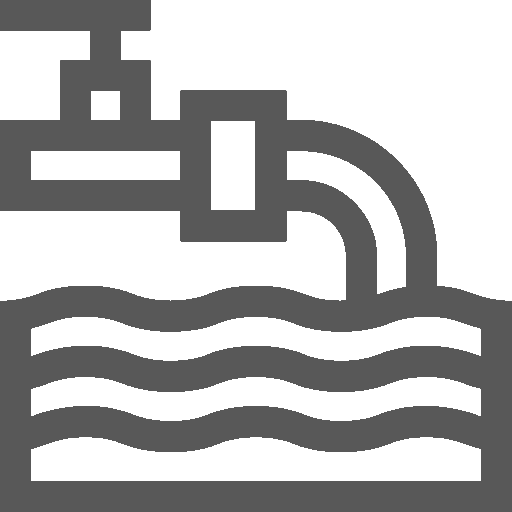
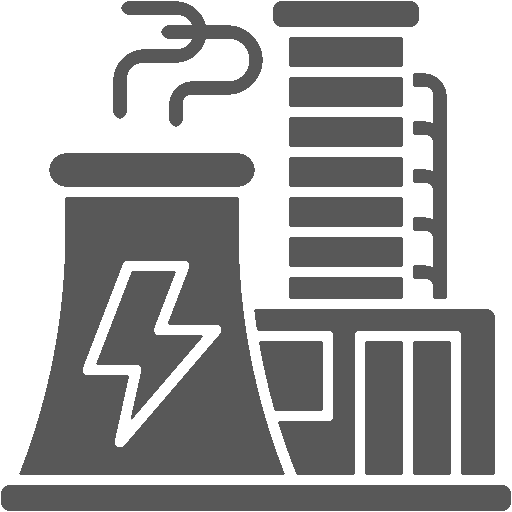
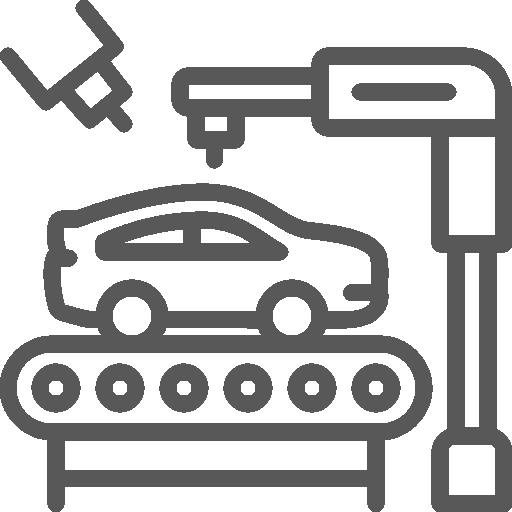

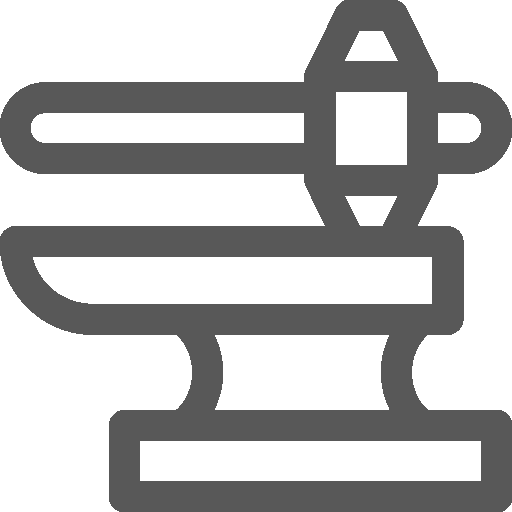
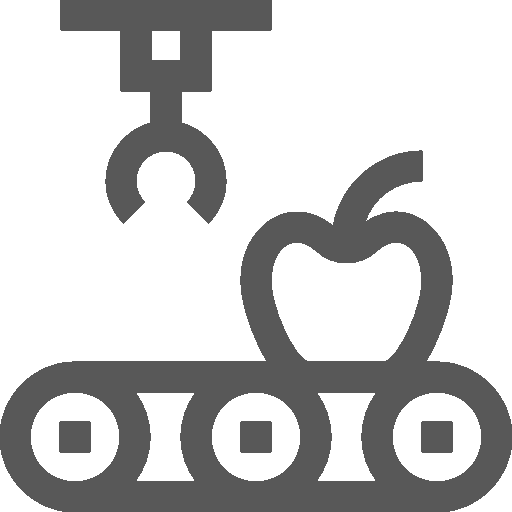
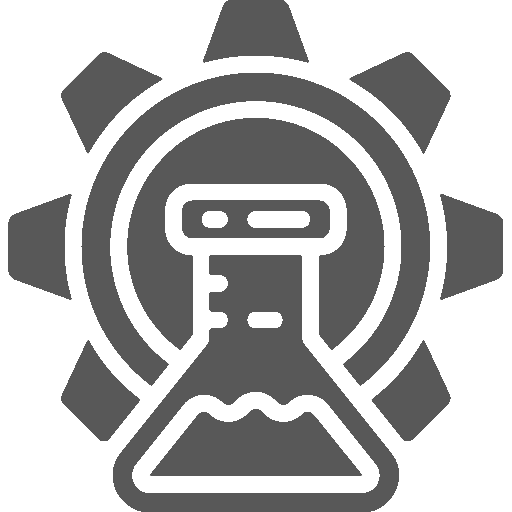
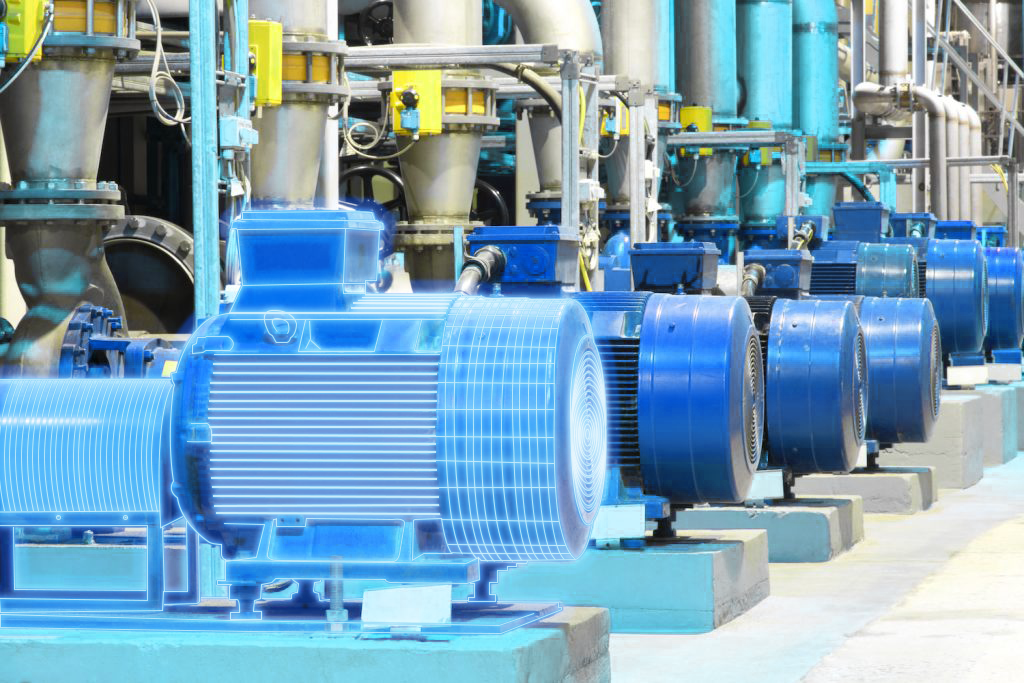
 White Papers
White Papers Case Study
Case Study Documents
Documents Webinars
Webinars Events
Events ROI Calculator
ROI Calculator FAQ
FAQ